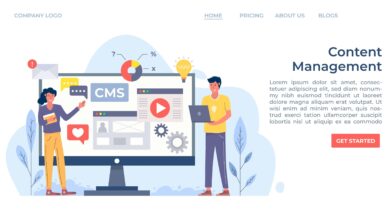What is the importance of accessibility in web development, and how can it be achieved?
Web development

Introduction: Defining Accessibility in Web Development
Understanding Web Accessibility
Web accessibility refers to the inclusive practice of making websites usable by people of all abilities and disabilities. This includes visually impaired, hearing impaired, physically impaired and cognitive impaired users. This practice encompasses all disabilities that affect access to the Web, including visual, auditory, physical, speech, cognitive, and neurological disabilities.
Web Accessibility Guidelines
Understanding web accessibility is more than just catering to disabled users, but it is about making your web content easily accessible to all end users. For example, it includes the elderly who are experiencing changes in their abilities due to aging, people with ‘temporary disabilities’ like a broken arm, and people using a slow internet connection, small screens, or different input modes.
The Importance of Accessibility in Web Development
Reaching a Broader Audience
Emphasizing accessibility in web development means expanding your prospective user base. An accessible website allows people with disabilities, the largest minority group in the world, to interact with your online content. This increases your potential audience significantly.
Improved SEO Efforts
Web accessibility practices align with SEO strategies. A highly accessible website is likely to rank higher in search engine results pages because search engines can ‘read’ the site better.
How Neglecting Web Accessibility Affects Businesses
Potential Legal Consequences
Many countries have laws requiring web accessibility, such as the Americans with Disabilities Act in the United States. Non-compliant businesses may face legal penalties, as well as the damaging reputation that comes with it.
Lost Revenue Opportunities
Neglecting web accessibility potentially results in lost revenue. Businesses could be missing out on a substantial market share by ignoring web accessibility.
Practical Steps to Achieve Accessibility in Web Development
Using Semantic HTML
Semantic HTML is a coding practice that uses HTML markup to reinforce the information structures in web content. Using appropriate tags — like , , — provides meaning to your content, which is beneficial for screen readers and search engines.
Keyboard Navigation
Ensure that all functionality can be accessed using the keyboard alone. This can make your site more accessible to people who cannot use a mouse or touchpad.
Conclusion: An Integrated Approach to Web Accessibility
To create an accessible website, we must remember that accessibility is a continuous, evolving process. It requires the integration of accessibility practices into your website’s development from the beginning. Web development companies and businesses ought to understand and embrace the significance of web accessibility to achieve a better digital experience and foster inclusivity for all users.


